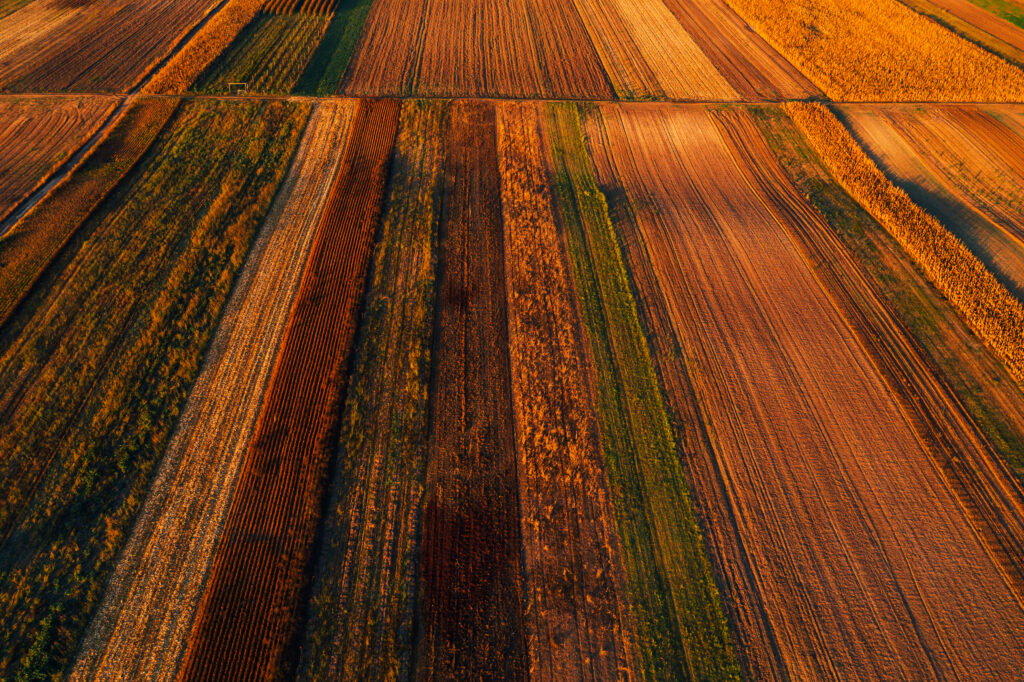In our LEGUMINOSE project, we aim to revive an ancient agricultural practice — intercropping. Historically prevalent from ancient Egypt to medieval England, intercropping involves simultaneously cultivating multiple crops in the same field. This approach can make agriculture more sustainable. Not only does it boost biodiversity, but it also enhances soil fertility, thereby reducing the need for synthetic fertilisers.
In a recent article in RealClearScience, members of our team share some promising early results from our project. Compared to monocultures, intercropped plots showed:
- 27% higher crop yield,
- reduced weeds, and
- reduced plant diseases.
Despite these potential advantages, only 2% of European farmers currently practice legume-cereal intercropping. This low percentage emphasises the need for raising awareness and providing support for such sustainable farming practices.
Learn how we can make agriculture more sustainable:
